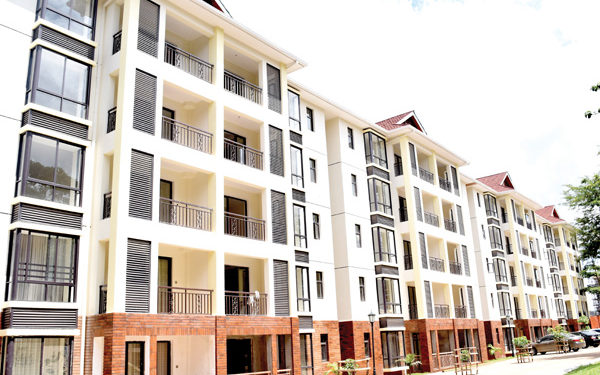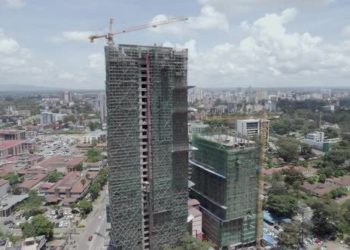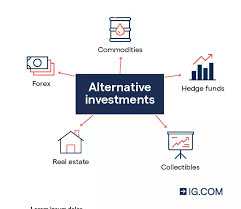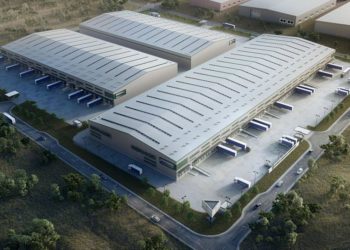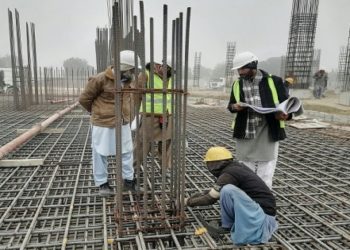The Kenya Mortgage Refinance Company (KMRC) is a non-deposit-taking, public-private partnership (PPP) firm formed by the Government of Kenya and regulated by the Central Bank of Kenya (CBK).
The primary mandate of KMRC is to ensure sustainable home financing in the country, by providing long-term funds to primary mortgage lenders (PMLs) such as; banks, microfinance institutions, and SACCOs at low and fixed interest rates.
KMRC was incorporated in April 2018 under the Companies Act 2015, and authorized by the CBK to begin operations in September 2020. In terms of products, KMRC offers two key refinance loan products categorized as either:
- Affordable Housing Loans: These are loans extended to Primary Mortgage Lenders to refinance mortgage loans capped at Kshs 8.0 mn in the Nairobi Metropolitan Area (Nairobi, Kiambu, Machakos & Kajiado) and Kshs 6.0 mn in other parts of the country to individual borrowers whose monthly household income is not more than Kshs 150,000. The loans are issued at a fixed rate of 5.0%, and,
- Market-Rate Housing Loan: These are loans extended to Primary Mortgage Lenders to re-finance mortgage loans above the Affordable Housing loans threshold of Kshs 8.0 mn, and income greater than 150,000
The housing finance industry plays a crucial role in Kenya’s Real Estate sector. Despite its potential for growth, the mortgage sector remains underdeveloped. Kenya’s mortgage to GDP continues to underperform at approximately 1.9%, compared to countries such as South Africa and Rwanda which are at approximately 16.3% and 4.2% as of 2021, respectively, as shown below;

Source: Centre for Affordable Housing Africa
Recent developments by the KMRC aimed at improving the Kenyan mortgage market in 2023 include;
- In January, KMRC announced an increase in the limit or size of the maximum mortgage in Kenya to be issued to its clients to Kshs 8.0 mn in the Nairobi Metropolitan Area (NMA) which includes Nairobi, Kiambu, Kajiado, and Machakos counties, and Kshs 6.0 mn in the rest 43 counties, and,
- Moreover, KMRC raised the Loan Value Ratio (LTV) to 105.0% from 90.0%, eliminating the need for a home-buyer to pay a 10.0% deposit prior to obtaining the mortgage. KMRC highlighted that the extra 5.0% above the value of the house under purchase was facilitated to cover incidental costs such as legal and appraisal fees. This move will greatly reduce the obstacles facing buyers in acquiring homes, thereby making the state-backed mortgage more attractive and affordable, particularly for first-time buyers in the low to middle-income bracket.
We recommend the following measures to be put in place to speed up funding for KMRC, and enhance its operations;
- Diversified funding sources: CRH has a diversified funding base, which includes both long-term and short-term bonds, which helps ensure the sustainability of funding. KMRC can diversify its funding sources by issuing bonds with both longer and shorter tenors. Longer-term bonds can provide a stable and predictable source of funding for KMRC over the long term whereas, short-term bonds can be used to meet immediate financing needs, as they can be issued and redeemed quickly. By issuing both, KMRC can attract a wider range of investors and increase its access to capital, helping to diversify its funding sources. Currently, KMRC only one 7-year tenor MTN issued under its inaugural bond program,
- Innovative Products and Services: NMRC has established a secondary market for mortgage-backed securities, which allows mortgage lenders to sell their existing mortgages to other investors in the secondary capital market. This has provided mortgage lenders with much-needed liquidity and helped to deepen the Nigerian mortgage market. Securitization presents a plausible channel to raise capital for KMRC. However, the lack of standardization of lending terms in Kenya has been a hindrance to the development of the mortgage-backed securities market. KMRC had back in 2021 initiated harmonization of the same, however, that is yet to materialize. KMRC would benefit from an additional avenue to raise funding and should therefore see to having it implemented,
- Foster partnerships and collaboration with member PMLs: Support provided by members of the CRH is a key component of the MLFs business model that has contributed to its success. KMRC should prioritize the establishment of a solid solidarity mechanism and foster partnerships and collaborations among its shareholders. This will ensure that all stakeholders have a vested interest in the success of the company and are obligated to regularly contribute to meet its liquidity,
- Increased Transparency: Many market participants have questions about KMRC’s funding model and the sustainability of its lending rate considering its high cost of capital. As such, it would be constructive for KMRC’s board and management to come out and address this market concern,
- Low Qualifying Amounts: The low qualifying amounts of up to Kshs 8.0 mn fall below the average mortgage size of Kshs 9.2 mn offered by other financial institutions as of 2021, implying that the uptake of mortgages backed by KMRC will remain low due to this mismatch. KMRC should consider revising the limits regularly to be in tandem with other financial institutions so as to remain competitive,
- Further, develop its Legal and Regulatory Framework: KMRC has failed to accommodate financing of rental development in its mandate despite its significant role in achieving affordable housing. Rental housing is an important component of the affordable housing ecosystem, as it provides a more flexible and accessible option for those who cannot afford to buy a home. Incorporating financing of rental development into KMRC’s mandate could play a crucial role in achieving the affordable housing agenda in Kenya by increasing the supply of affordable rental housing, thereby improving living standards,
- Public Education and Increased Awareness: KMRC should work towards increasing awareness of its existence and its mortgage products to potential homeowners through awareness campaigns. Public education is critical in creating awareness of available mortgage products and their demystification. This is likely to help in increasing mortgage uptake in Kenya which has remained relatively low partially due to limited knowledge of affordable home financing options,
- Tax exemptions: Interest earned and profits realized from bonds issued by the JRC are exempted from tax. KMRC should incentivize investors by doing away with taxes on the interests and profits realized by their investors. Currently, investors are charged a 15.0% withholding tax, and,
- Green Shoe Option in Bonds: Lastly, KMRC should consider incorporating the green shoe option, which is an overallotment provision in its subsequent bond issuances. This would allow for the issuer to capitalize on oversubscription rates over and above-issued bond amounts if demand by investors is higher than expected, thus allowing the lender to raise more capital.
For more information, please see our topical titled Update on Kenya Mortgage Refinance Company (KMRC)
Email your news TIPS to editor@thesharpdaily.com


